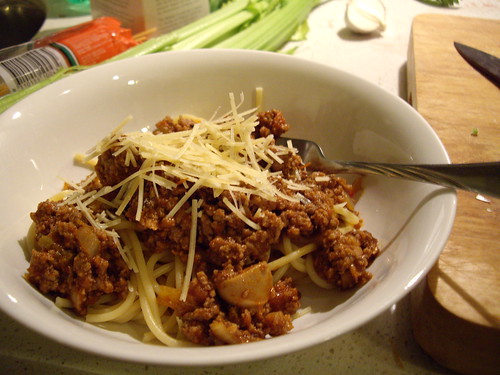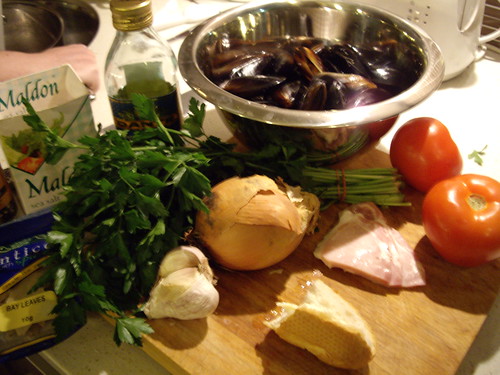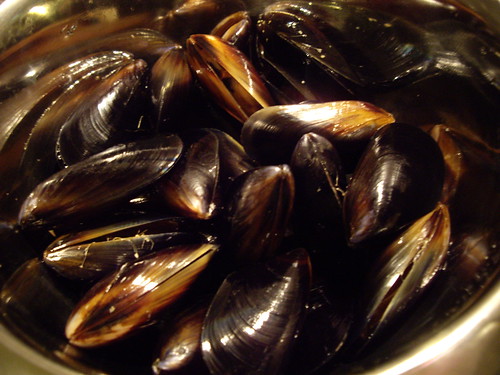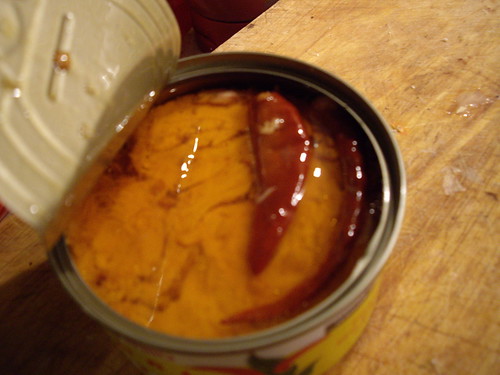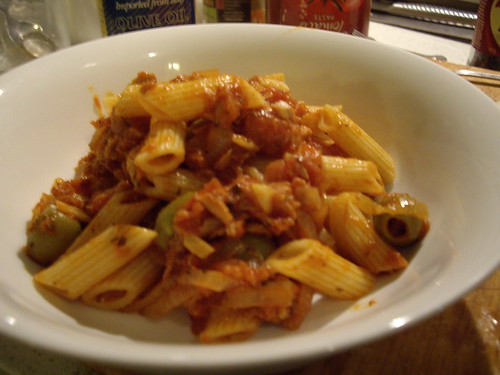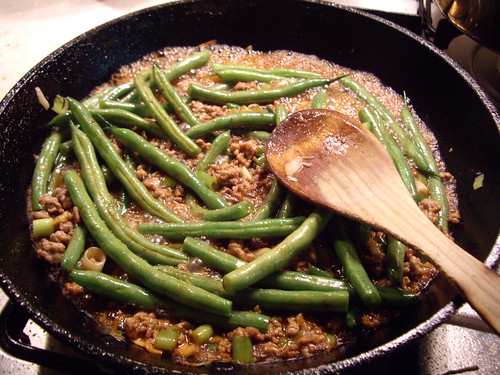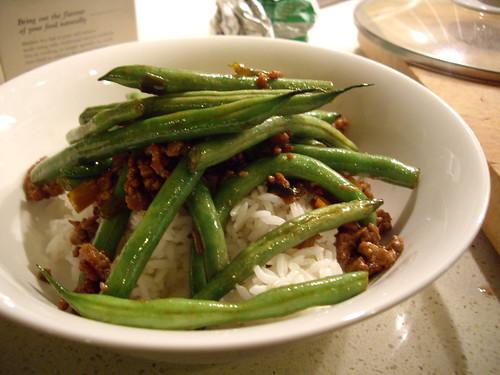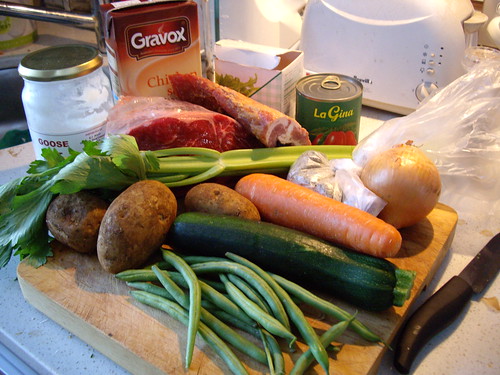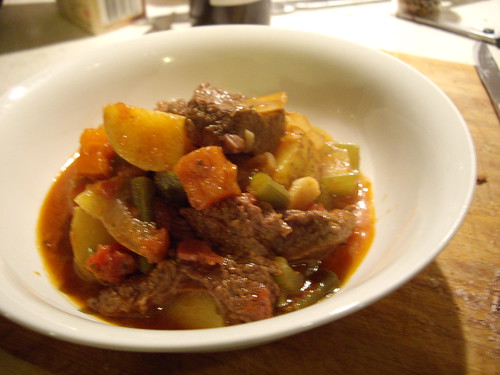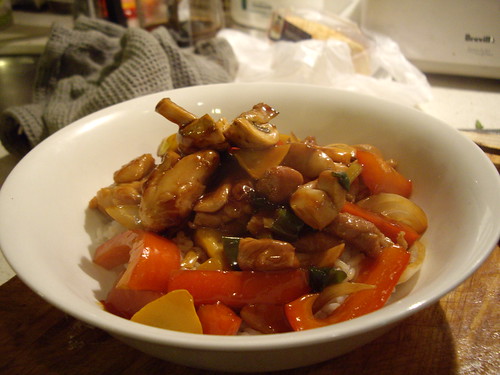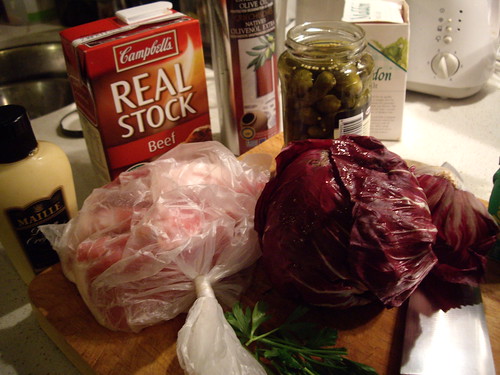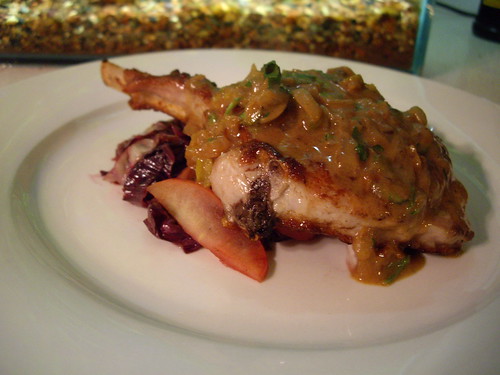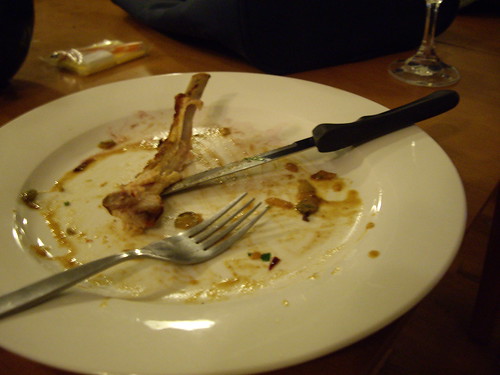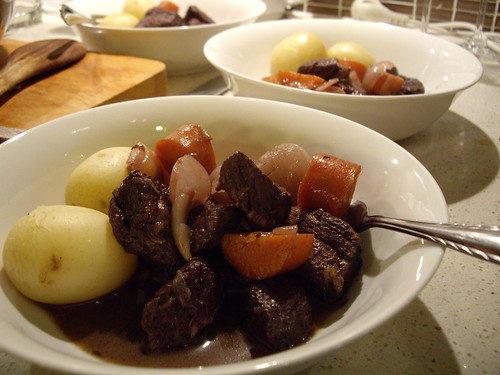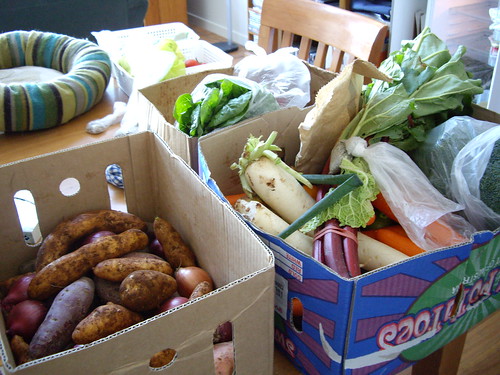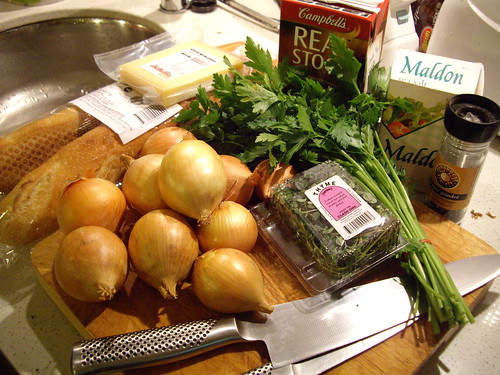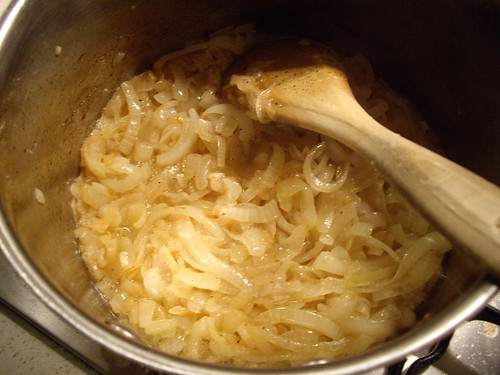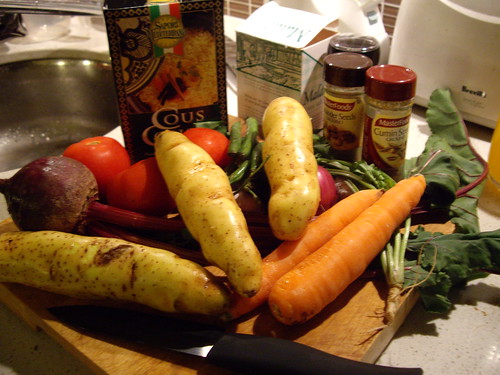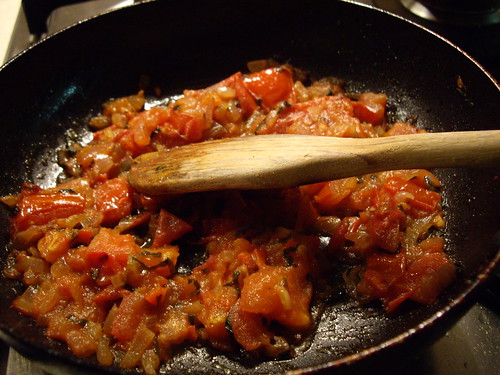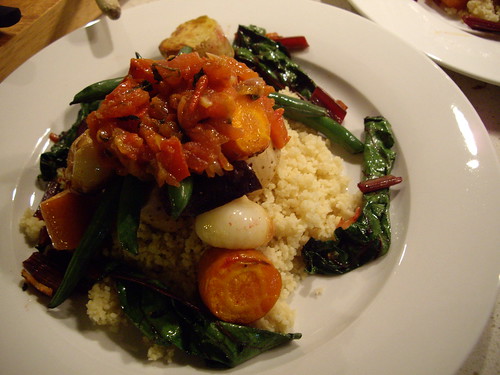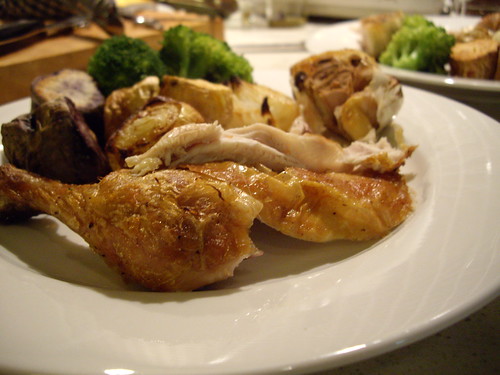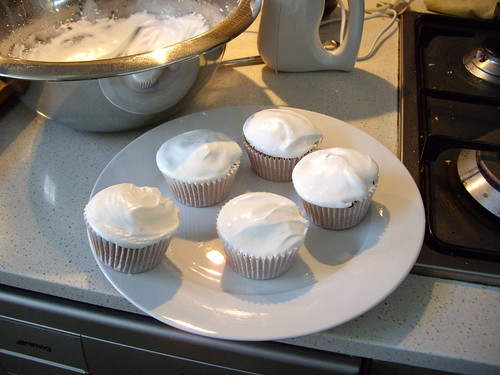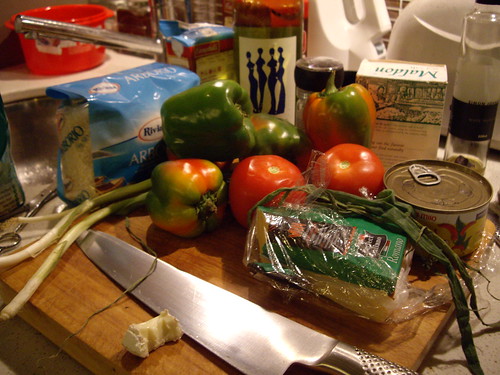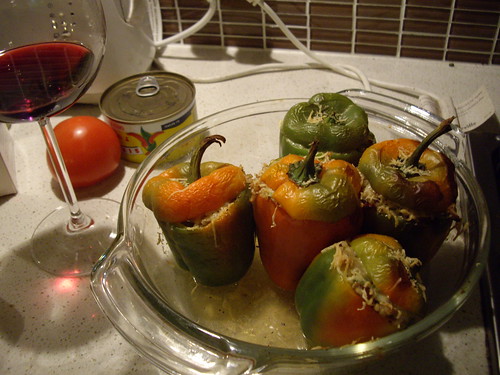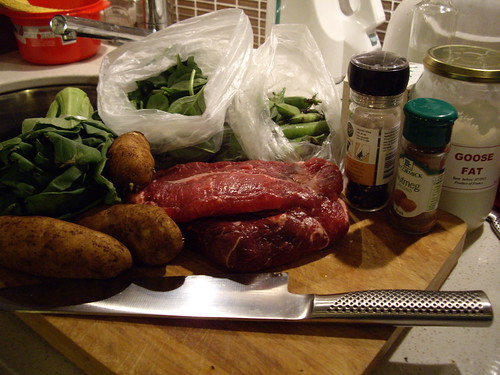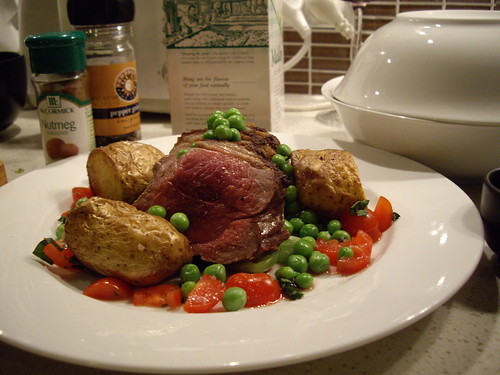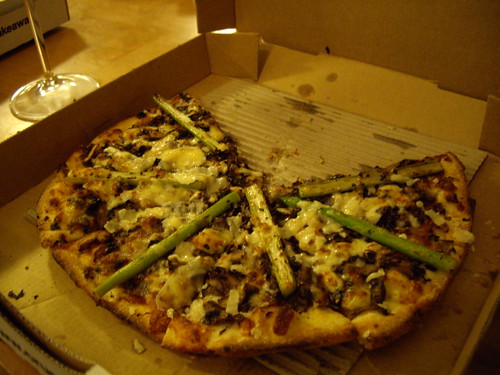What's more, a certain dish can itself become a kind of history, combining a whole range of memories of people and places. When this happens, you're experiencing one of the most magical things that food can do.
It's the same for me, but the dish in question is arguably pretty bog-standard, so to speak. Regardless, it's power to take me back to the my earliest memories, and remind me of some of my most missed friends is amazing. And it doesn't hurt that it's a hearty feel good dish.
Spaghetti Bolognese
It's a classic, beloved of parents everywhere for how easy it is to prepare, and how filling it is. I'm sure most of my friends' parents were not unlike my mum in this regard - she had her own version of the dish that evolved from a Women's Weekly recipe to a standard dish that she could cook simply and easily after coming home from work to a hungry kid like me.
I loved any bolognese night. A good portion of the cooking when I grew up was handled by my Nan, and unsurprisingly (she lived through The Depression and a World War) her cooking was... frugal. Meat and three veg was the order of the day.
I don't want to sound like I look down on that, though - she was a remarkable woman. But I think the difference between that utilitarian style of cooking, which was more about feeding than enjoying, and the rich flavours of my mum's bolognese, is what first lit the foodie fire.
Bolognese was also the first dish I ever cooked by myself, like some kind of actual grown-up. Subsequently, it was a dish I would cook whenever I got the chance, so it also started to build up a flavour of independence, on top of that sweetness of memory.
Of course, my idea of the dish was blown out of the water... hell, blown out of the entire lake... when my good friend Helen cooked the dish for me.
This was many years ago now. I was still living at home, but would spend many nights around it Helen's house. Her brother had been a good friend, but Helen became just as important to me after he moved out, and I remained in the neighbourhood. She was of good Breton stock, from Normandy, and she (and her father) kept a killer table.
Man, if you could have her baby octopus... she has the unique status of being the only person who could ever cook an octopus dish that I liked. And her rabbit? Wow.
Unsurprisingly, her bolognese made mine cry. It picked on it, stole its lunch money, and generally made its life miserable. It was a full, proper, rendition of the sauce.
Now I'm going to sound like I'm dissing my mum's version - nothing could be further from the truth. Which is, that she, like me, like my Nan too, couldn't really help her upbringing. Which, to follow that line further, was not the best for a full and proper understanding of food. Mum's bolognese was informed by the spirit of convenience that summed up her own upbringing - it was a more imaginative take on it, but still shackled to that post-war austerity that seemed to infect the greater suburban mass of Australia well into the last century.
I mean... it didn't even have herbs.
Suffice to say that my time in Helen's kitchen opened my eyes to serious, European cooking. And hangovers, but that's neither here nor there. But, watch as I might as she mixed up thick, tomatoey magic, I could never replicate her efforts. My own bolognese sat, then, on the shelf of my mind.
Until a few years ago, that is. Of the many great things about my current relationship (See 'things, many (also great)) is the way it's pushed me to really become a better cook. I was pretty happy with my simple skills before then, but since we're both fond of good food, and I get an almost perverse sense of pleasure from presenting my partner with great food, the last almost a decade has been a real cooking renaissance. It certainly pushed me to rediscover the humble bolognese sauce.
The interesting thing about that initial effort, about three years and two houses ago now, was that it really wasn't too different from the recipe I used way back when inspired by Helen. But what was different was my knowledge of how to apply it, how to prep the food, and how to then cook it.
And it was great.
So, after all this faffing on, you're probably ready for how to make this, right? Right.
ingredients
500gm lamb mince
500gm veal mince
two brown onions
stick of celery
Garlic clove
tin of champignon mushrooms
two tins of diced tomato
tomato paste
chicken stock
oregano
basil
two bay leaves
salt & pepper
olive oil
spaghetti
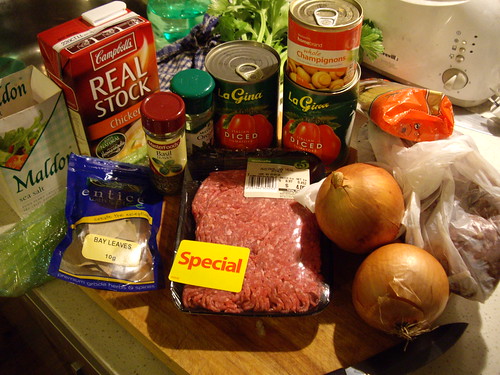
And yes, this makes about six hungry people's worth of sauce - fiddle the ingredients down if you want to make less, or simply store in the freezer.
Anyhoo... first up, finely chop the onion, garlic and celery and saute in a heavy bottomed pot. Do your best not to let it burn - you want it all starting to turn clear, then dump in the mince.
Mix this up with a sturdy wooden spoon, breaking the mince down into mincey goodness. It's good muscle-building work. Keep stirring and breaking up the mince as it browns; once browned through and starting to properly cook, add a cup of chicken stock, herbs, mushrooms (the champignons always make me think of Helen) and salt & pepper. Let this bubble up to a boil, reduce the heat, and let reduce.
Once you're back to a more or less meaty mix in the pot, add the tomatoes and tomato paste, and the bay leaves. A pinch of sugar doesn't hurt at this stage either, but that's entirely optional. Again, bring the mix up to a boil, then reduce heat, cover the pot, and let simmer away. It's a pretty liquid sauce at this point, so you want to reduce it down again.
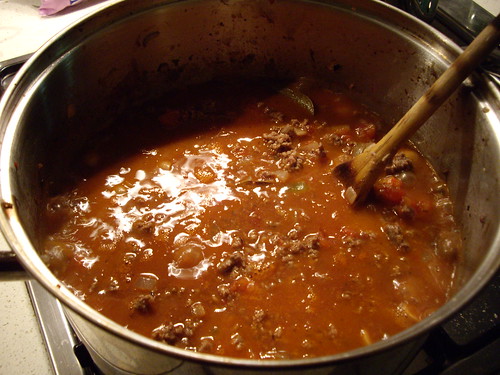
Before...

After. With a mess of steam.
What you should end up with is a lovely red, meaty sauce. As you let the sauce cool, boil a pot of salted water for the pasta. I like it just al dente, with just a hint of crunch still there, but that's just my taste.
To plate, I think coiled pasta with a dob of sauce looks best, but you can just as easily mix the pasta through the sauce before serving. Add parmesan, pour yourself a glass of red, and enjoy.
